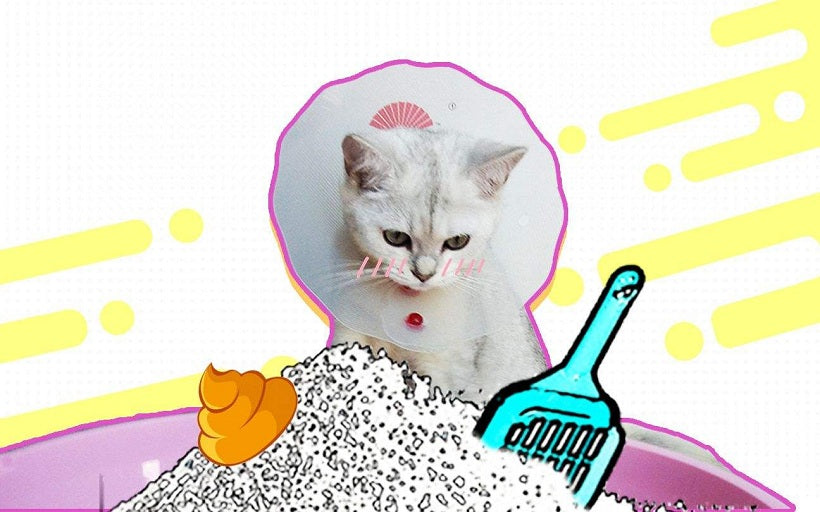Cats and kittens are naturally inclined to cover their waste, so they instinctively understand the box most of the time. Happy & Polly offers some tips and tricks that'll help ensure that your litter training experience goes smoothly.
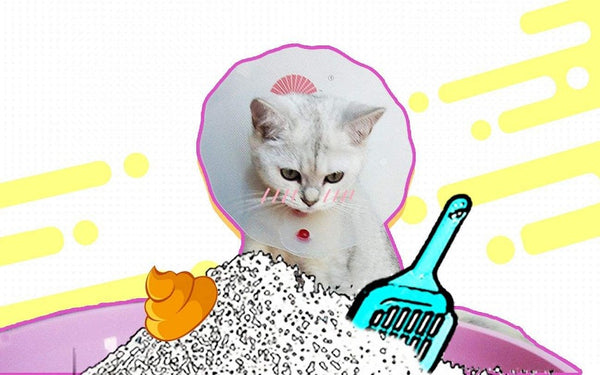
Basic Cat Littering Training Supplies
To litter train a cat, you're obviously going to need a cat litter box and litter. But it's important to know what you need to get. For your box, a small cheap shallow box is where you want to start with these little guys.
In fact, when they're first learning you can just use the cardboard trays as their first training boxes. The cardboard trays that hold canned food are perfect for litter training kittens. They're so shallow the kitten can just walk right into it. And once they get really gross, you can just toss them in the trash. This means a clean box for the kittens, and less hassle for you.
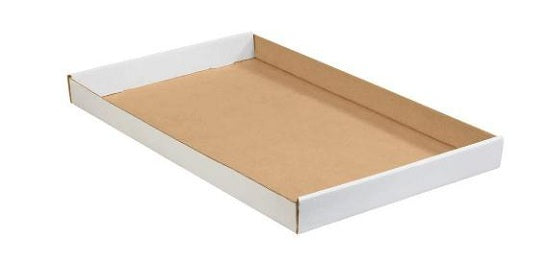
If you're working with kittens under 8 weeks old, we recommend using a kitten safe litter, meaning something that is fragrance-free and non-clumping. Remember that kittens navigate the world just like human babies - with their mouths. Highly fragrant litters can be bad for tiny kittens if ingested, and clumping clay litter is definitely a no-no, since it clumps up when it touches liquid.

Once the kittens are closer to 6 or 7 weeks old, you can move them into a plastic litter box that is more like what they'll have as an adult. You still want this box to be shallow and lidless, but it can be a bit bigger and more sturdy than those cardboard trays.

When to Introduce a Litter Box?
If you're raising baby cats, you know that they don't go to the bathroom on their own for the first few weeks of life. From zero to three weeks of age, kittens will be stimulated to go to the bathroom by their mother licking them.
Once the kittens hit three weeks old, their bodies start being able to gradually go to the bathroom independently, so you might start to notice that they pooped or peed in their bedding between feedings. That's a perfect time to start introducing the litter box.
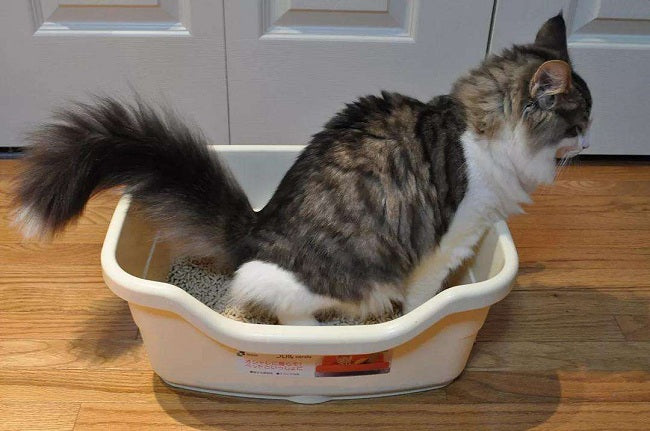
If you've been stimulating kittens to go to the bathroom, you can even start stimulating them right into the box around three weeks of age. They'll be able to associate the scent of their urine with the box, and this can kick-start their understanding of good litter habits!
Of course, if you've recently adopted a new kitten or rescued a kitten that's more than three weeks old, you should introduce them to the litter box right away. The litter box should always be the first thing you show a kitten any time they go to a new home.
How to Let Them Use The Litter Box?
Kittens naturally understand the box because they want to cover their waste, but there are several things you can do to ensure that they do use the box.
- Easy to find
First, you want to make sure that it's easy for them to find. That means when they're learning, they should really never be more than 10 feet away from a litter box. If they don't know where it is, they might start looking for somewhere else to go.
- More than 1 Box in the house
Put out as many boxes as you need depending on the size of the space. For instance, a little baby in a playpen only needs one. But if you have a rambunctious eight week old kitten running around your house, you should ideally have at least one box in each room while they're still learning. Kittens will typically be drawn to go to the bathroom in a corner, so we recommend starting by putting a box in one to two corners of the room.
- Limit their space
Limiting the amount of space they have while learning will really help because they'll be right next to the box at all times. So consider keeping your babies consigned to a playpen, or a single room, until they're totally trained to use the litter box.
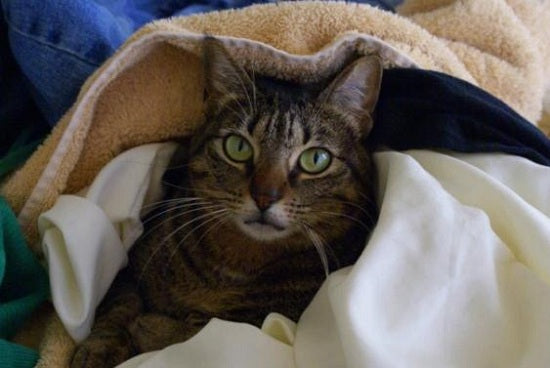
You also want to make sure they don't find alternate places to go to the bathroom. Maybe you have a pile of laundry in the corner of your room. They might think this provides a good place to cover their waste.
- Encourage them to use litter box
Once the kitten starts using the box, congratulate them! Kittens do well with positive reinforcement. You can use an encouraging voice, and give them some extra pets while they're exiting the box.
- Example and imitation
Kittens also learn by example and imitation. If you have one kitten that isn't getting it, bring them over to the box to watch their buddies, so they have a chance to learn.
You can also put the kitten in the box and run your fingers through the litter to show them that it's a place to dig, or even gently run their paw through it to encourage digging behaviors that ultimately lead to potty time. This will also teach them how to cover, if you've got a baby that isn't covering his waste.
- Proper Litter box
If you have a kitten that just really isn't getting it, make sure you try a few different litter brands. Some kittens will have preferences or may be sensitive to the feel or smell of certain brands.
You also want to think about the kitten's history. If it's a feral kitten that's been living outdoors, the bathroom to them might look like some dirt and some leaves... so there's no harm in putting a couple leaves on top of the litter box, if that's what it takes to help them make the association.
- Clean Environment
Remember, they have the same goal as you do - a clean environment. So have patience while you're helping steer them in the right direction, and never use negative reinforcement or punishment if they get it wrong.
How Often Should You Clean the Box?
This is where a lot of people mess up. Whenever you feed them, you should also check out the box and see if it needs a scoop. If it does, it's easy to just toss that small amount into a toilet, a trash bag, or a smell proof pail.

When kittens are litter training, it's so important to keep a clean box so that they're incentivized to use it. Otherwise, they might think it's super gross, and start looking for somewhere else to go. The more they go elsewhere, the more they'll think it's okay to go elsewhere. So keep that box clean.
Ultimately, litter training is all about meeting them where they are. So make sure you're putting out a box that's safe, shallow, and easily accessible at all times. Keep it clean and encourage those good habits, and your kittens will be litter box champions in no time.
Hope this can help you train your pet cat. If you enjoyed it and would like to see more news, do not hesitate to visit Happy & Polly website on https://happyandpolly.com.
